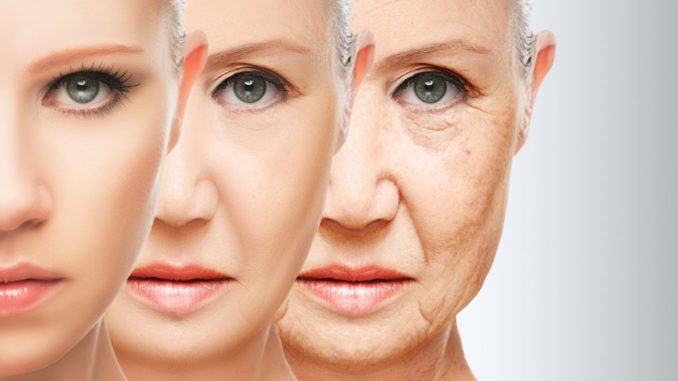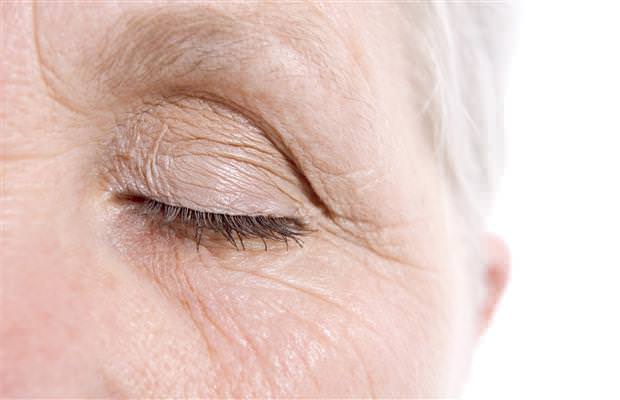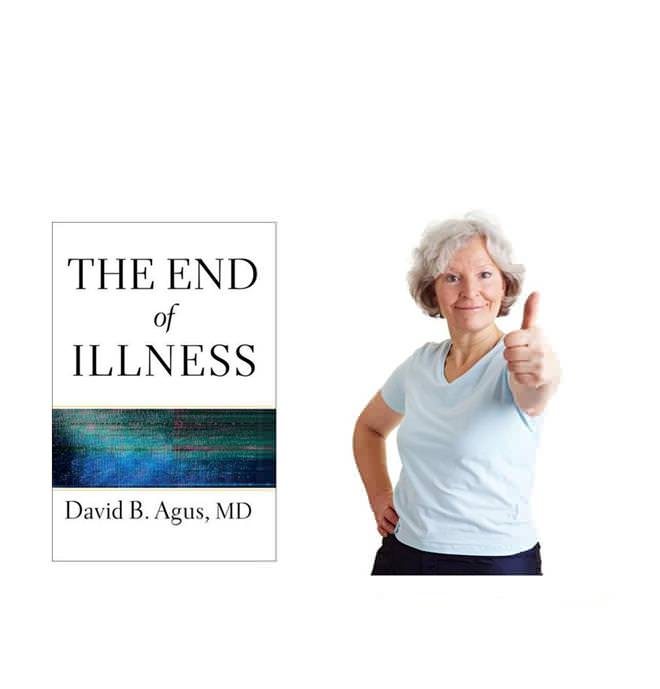
Meta 6 Prevalent Signs of Aging to Be Aware of
As you age, you may start noticing changes in your body. These changes are a normal part of the aging process, which can significantly impact your confidence. While some aging changes can be prevented, others cannot. However, treatments are available to help manage the signs of aging and make you feel more confident in your skin. Some common signs of aging include:
Wrinkles
One of the most visible signs of aging is the development of wrinkles. These lines and creases can form on any area of the body exposed to the sun, but they are most commonly seen on the face, neck, hands, and arms. There are two types of wrinkles: dynamic and static. Dynamic wrinkles are caused by muscle contractions and usually disappear when the face is at rest.
Common examples include crow’s feet, forehead lines, and laugh lines. Static wrinkles, on the other hand, are permanent creases that develop due to a loss of skin elasticity. Sun damage, smoking, and genetics are all common causes of static wrinkles. While there is no way to completely eliminate wrinkles, several treatments can help reduce their appearance. These include topical creams, injectable fillers, laser resurfacing, and microdermabrasion.
Saggy skin
As you age, your skin loses elasticity and begins to sag. This is especially noticeable on the face, where the skin is thinner and more delicate. A sagging face can make you look tired and older and even impact your self-esteem.
Some of the best ways to prevent saggy skin are to protect your skin from the sun, quit smoking, and stay hydrated. Several treatments can help tighten loose skin, but a non-invasive face lift is the most common. This treatment uses radiofrequency energy to heat the skin and stimulate collagen production. It’s an excellent option for those who want to avoid surgery and prefer a more natural look.
Age spots
While age spots can occur at any point in adulthood, they are most commonly seen in people over 40. These spots result from prolonged exposure to the sun, and they typically appear on areas of the skin that have been most exposed to UV rays. While age spots are not harmful, they can be a cosmetic concern for many people. There are several ways to treat age spots, including topical creams and laser therapy.
In most cases, age spots will eventually fade on their own as the body sheds old skin cells. However, taking steps to protect your skin from the sun can help to prevent age spots from developing in the first place.
Dry skin
Dry skin is a common sign of aging and can be caused by many factors. The natural oils that help to keep skin hydrated can decrease with age, leaving skin feeling dry and tight. In addition, collagen and elastin production slows down as people age, making skin less resilient and more prone to dryness. Sun exposure can also contribute to dryness, as UV rays can damage the protective barrier that helps to keep skin hydrated. While several over-the-counter products can help to relieve dry skin, see a dermatologist if you are concerned about persistent dryness, as it could be a sign of an underlying medical condition.
Thinning hair
Thinning hair is a common occurrence among men and women. While it’s normal to lose a few strands of hair each day, excessive hair loss can cause concern. Several factors can contribute to thinning hair, including genetics, hormones, and age-related changes in the scalp. In some cases, thinning hair can signify an underlying medical condition, such as an autoimmune disorder or iron deficiency. If you are concerned about thinning hair, see a dermatologist or trichologist to rule out any underlying medical conditions.
Brittle nails
One of the earliest and most noticeable signs of aging is brittle nails. As you age, your nails become thinner and more susceptible to damage. The nails may become yellow or discolored and break or chip more easily. In severe cases, the nails may even begin to crumble. While several external factors can contribute to brittle nails, such as exposure to harsh chemicals or sun damage, the primary cause is simple aging.
You can help to prevent brittle nails by keeping them clean and well-moisturized. In addition, using a nail strengthener can help to make nails less susceptible to damage. However, brittle nails can also indicate an underlying medical condition, such as diabetes or thyroid disease. See your doctor immediately if you notice any significant changes in your nails.
The bottom line
Aging is a natural process that happens to everyone. However, there are several ways to prevent or delay the signs of aging. Taking care of your skin, eating a healthy diet, and avoiding harmful habits like smoking can help you to maintain a youthful appearance for longer. If you are concerned about the signs of aging, talk to your doctor or dermatologist about the best prevention and treatment options.




Be the first to comment